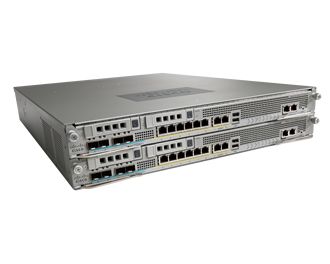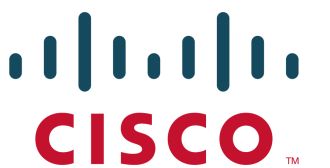 In the 2000s McAfee and Symantec ruled the AV market, and now the latest figures suggest they could be back again.
In the 2000s McAfee and Symantec ruled the AV market, and now the latest figures suggest they could be back again.
Symantec and McAfee lost ground in the IT security market when they were outevolved by next-generation technology and more agile start-ups. Now the pair think they are ready to rule again.
They have a long way to climb in 2005, Symantec held the top spot with 32.2 percent of the worldwide security software market by revenue, and McAfee held 12.4 percent at No. 2, with both seeing double-digit year-over-year growth, according to Gartner. Ten years later, Symantec and McAfee still owned the top two spots in the security software, but their share of the market had dropped dramatically.
After three consecutive years of revenue decline, Symantec held 15.2 percent of the worldwide security software market in 2015, while McAfee was at 7.9 percent after a year-over-year revenue dip.
The pair carried out some major restructuring spinouts, acquisitions and senior management changes.
The security market is growing at a rapid pace, expected to hit $202.4 billion by 2021, up from $122.5 billion in 2016, according to research firm MarketsandMarkets.
Symantec and McAfee are returning in force into the market with a platform security strategy and are targeting the core of a company’s security infrastructure.
Both claim single, integrated platform bases with their own broad set of products with those of third-party vendors. They want to drive analytics and automation, while reducing complexity.
They both have a different cunning plan as to what part of the security set-up they want to control.
McAfee is looking to drive focus on what it calls the “threat defence life cycle”, including endpoint, data centre, data protection and cloud security, as well as investments around overarching analytics and automation. The idea is to integrate with the company’s Data Exchange Layer (DXL) offering.
Symantec is looking to own more of the pieces including secure web gateways to email to data loss prevention to multifactor authentication. This will allow customers to choose a single, fully integrated platform, as well as the possibility to integrate with third-party solutions.














